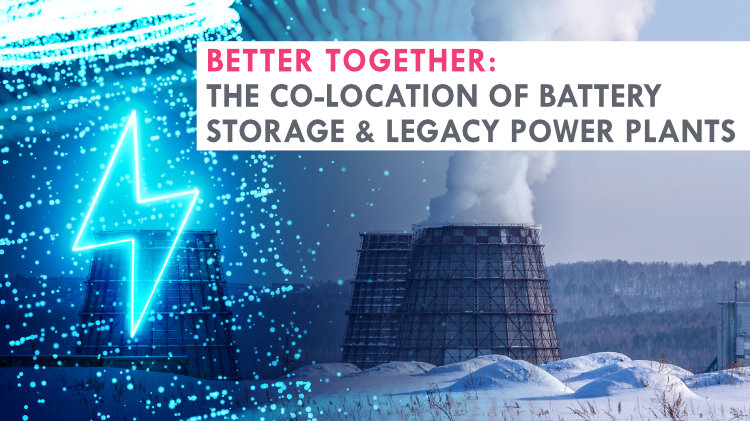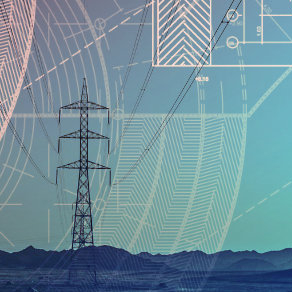
All climate-conscious players within the energy sector agree that we must switch to renewables; it almost feels like a given. What should be equally obvious is that, in order to make sure the transition is a success, we need better and more energy storage as it is becoming increasingly clear that the grid of the future will not be able to operate without that. However, a future in which renewables are the sole source of energy is still distant. Until we get there, battery energy storage systems (BESS) will have to operate alongside conventional - read: nuclear and fossil-fuel based - generation. This joint operation is referred to as co-location.
As more and more demand is being met by renewables, some might argue that we could turn legacy plants on and off, as required by varying levels of renewable generation. But doing so would likely result in more carbon emissions, and being ramped up and down is not efficient for the plants either. This is when they can benefit from co-location: they can keep running efficiently to provide constant power, while having a BESS deployed can ensure that there is enough surplus energy stored for times of peaks in demand and low renewable production.
Renewable energy is the way forward, but its intermittent nature presents some challenges. With the share of renewable generation increasing, operators often find that both electricity demand and system frequency fluctuate, which makes it difficult to balance supply and demand as well as to maintain the quality of power. Generators that can provide flexibility with the shortest response times - predominantly conventional power plants - have an advantage on ancillary services and short-term wholesale markets. Granted, there are batteries that can provide an almost instantaneous response, but often at high costs and typically not over a long period. When a BESS and a conventional generator join forces, however, they produce the desired result: the co-located battery system can operate as a “first responder” and later the legacy generator takes over.
Powering co-location in Hungary
Recently, one of our partners, Dunamenti Power Plant (DPP), the largest gas-fired power plant in Hungary, launched a co-location pilot project in Százhalombatta. They installed three Tesla MegaPack-based lithium-ion battery systems that make it possible to store 7.68 MWh of energy, which, if needed, can maintain the balance of the electricity system or serve peak consumption. The system has a storage cycle time of two hours; a significant improvement over the performance-optimized storage options of half an hour to one hour that are typically available in Hungary.
Our ongoing aggregator project with DPP and MET Group, which started last year, will accommodate these newly installed co-located energy systems. The automated aggregator platform we provide can complement Tesla’s BESS, and combine the benefits of digitalization and energy storage technologies, making the optimization of heterogeneous portfolios possible. Regardless of the type of energy assets, today an aggregator platform with an appropriate IT interface is essential to manage the flexibility that those assets provide.
We look forward to continuing to support DPP in its operations as it makes its first foray into co-location.
Are you planning to add co-located batteries to your power plant? Talk to our experts to see how we can help you optimize your system.






